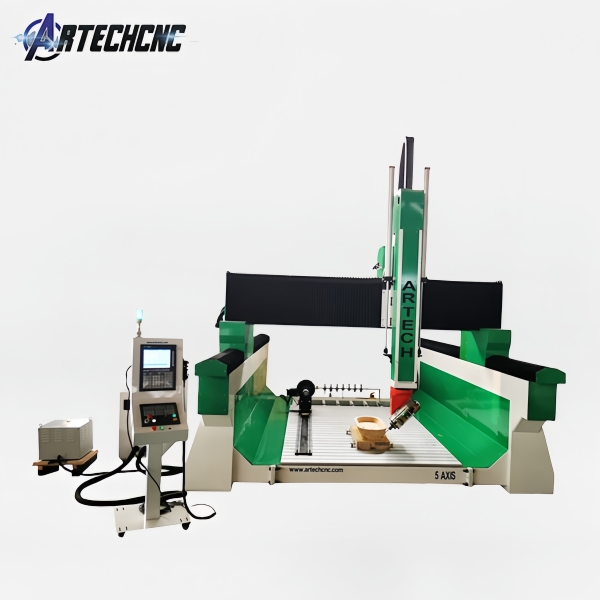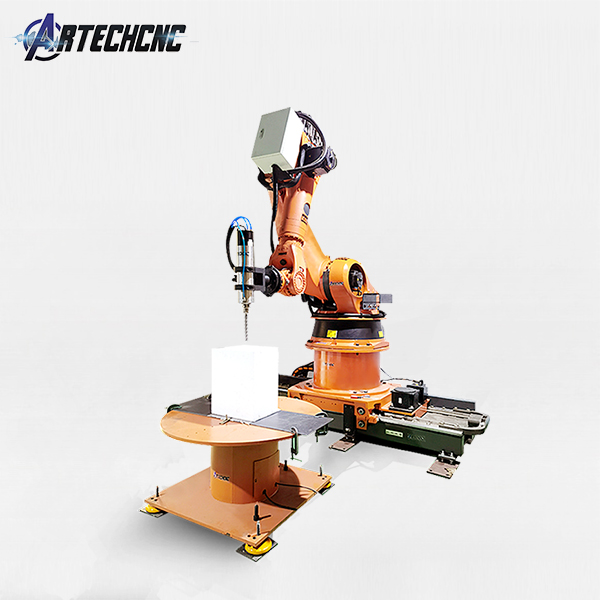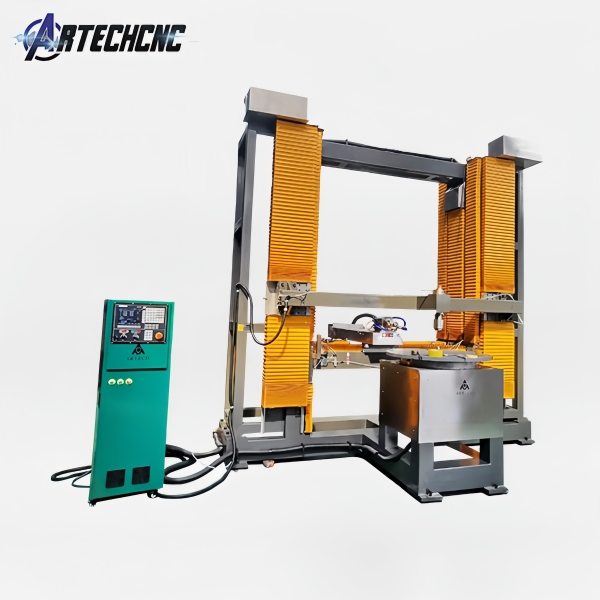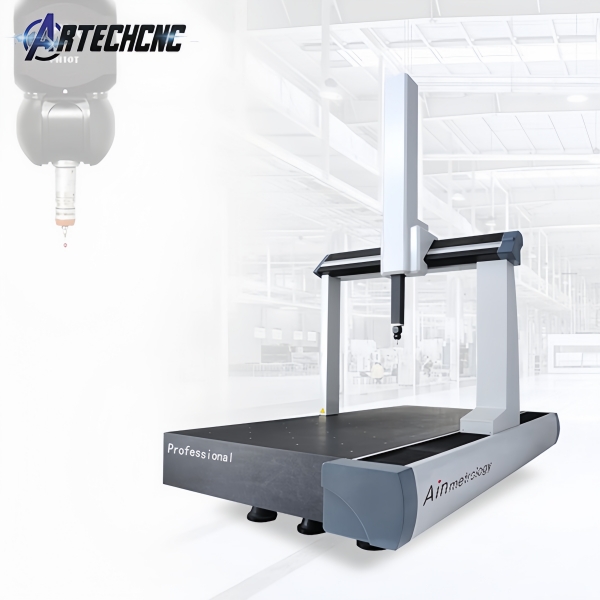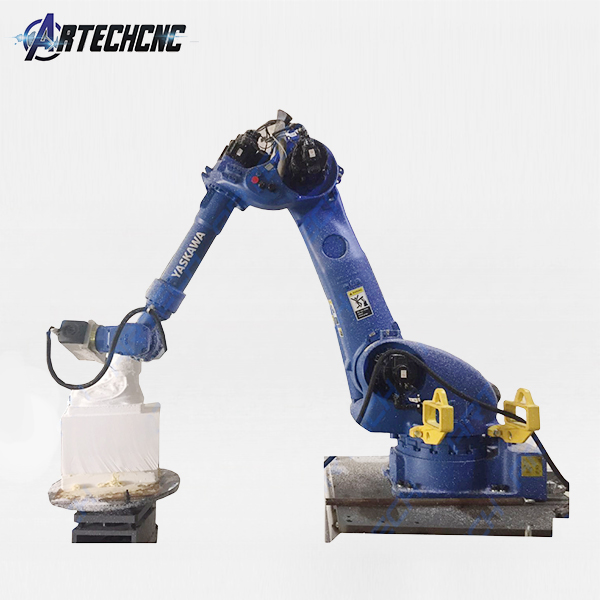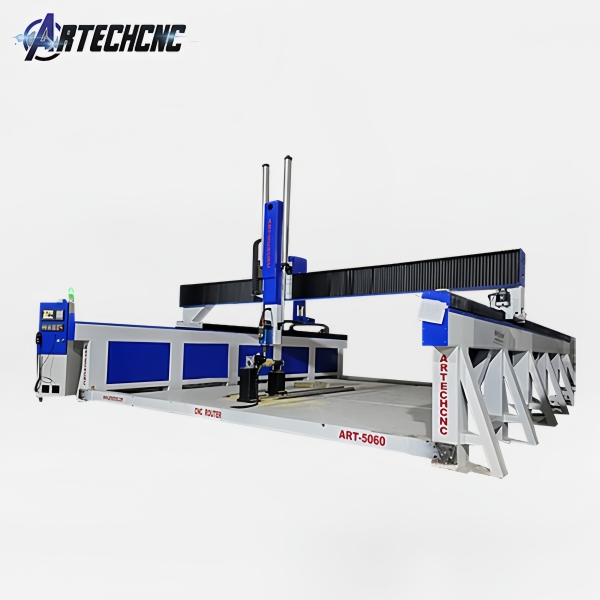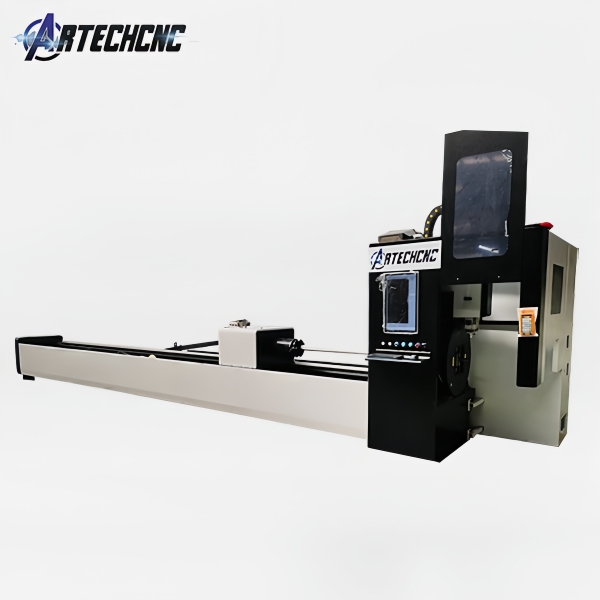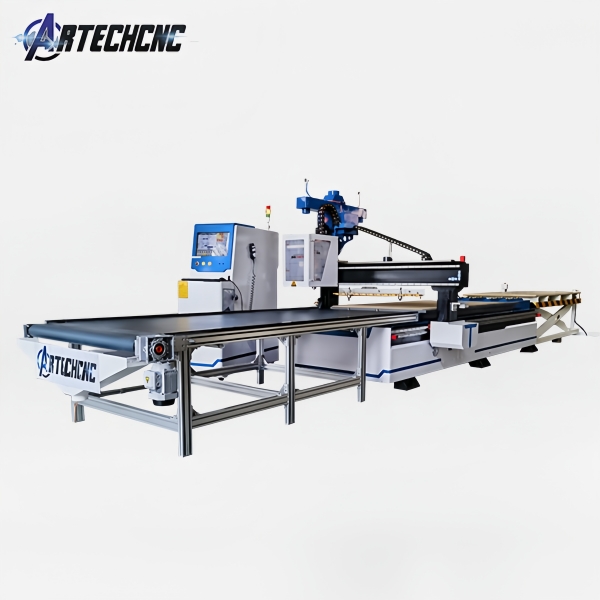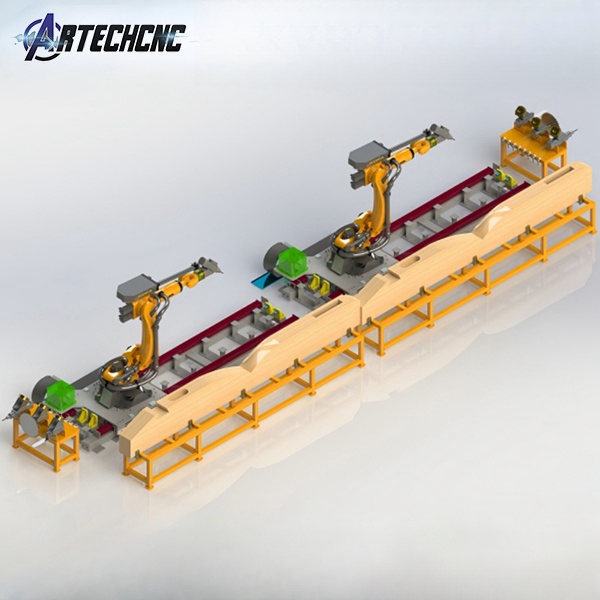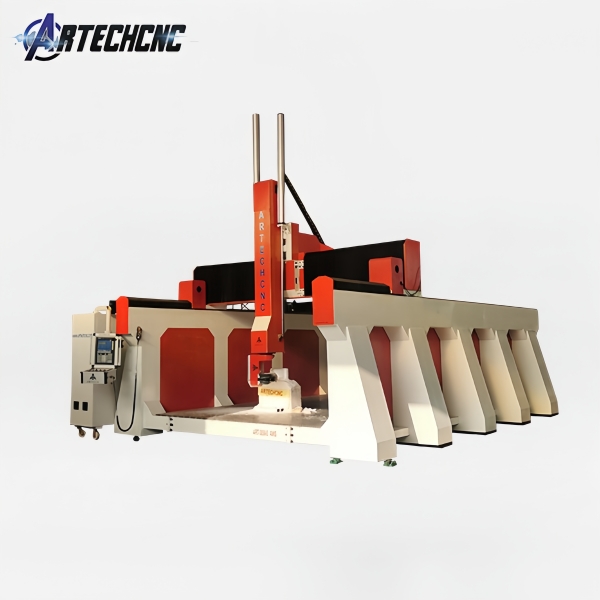After Completing Equipment Installation, ARTECH CNC Technical Team Conducts Special Commissioning on Milling Robot Arm to Enable Accurate Foam Model Production for Customer
Following the completion of the milling Robot Arm installation at the foam model customer’s factory, the technical service team of ARTECH CNC COMPANY (hereinafter referred to as "ARTECH CNC") immediately launched a special commissioning project. Tailored to the characteristics and needs of the customer’s core business—foam model production—the team carried out multi-dimensional commissioning including parameter optimization, trial production verification, and process adaptation. In just 24 hours, the equipment reached the stable processing standard for foam models, successfully producing architectural sand table foam components and film/television prop models that meet the customer’s precision requirements, laying a crucial foundation for the rapid commissioning of the customer’s production line.
Prior to this, the ARTECH CNC technical team had efficiently completed the main body installation, circuit connection, and basic calibration of the milling Robot Arm, ensuring stable hardware operation of the equipment. The special commissioning this time, however, focused on "adaptability for foam model processing". Given the characteristics of foam materials (EPS, EVA)—light weight, easy edge chipping, and susceptibility to melting during high-speed processing—the technical team first conducted core parameter commissioning: the milling speed of the robot arm was reduced from 3000r/min (commonly used for metal processing) to 800-1200r/min to match the low hardness of foam materials; at the same time, the feed rate and tool pressure were optimized. Through multiple small-batch tests, the optimal parameter combination of "low-speed feeding + light-pressure cutting" was determined, effectively avoiding common issues in foam model processing such as rough edges and internal cracking.
To verify the commissioning results, the technical team selected two types of typical orders recently undertaken by the customer as trial production samples: one was a 1.2-meter-high architectural sand table exterior wall foam component (requiring precise presentation of details such as window grids and lines), and the other was a 50-centimeter-long foam prop for film/television scenes (with curved surfaces and hollow structures). During the commissioning process, the team first imported the customer’s designed CAD model drawings into the equipment control system, calibrated the placement of foam raw materials using the robot arm’s built-in visual positioning function, and then started the automatic milling program. The team monitored the equipment’s operating status in real time throughout the process: for minor deviations in the window grid details of the sand table component, they fine-tuned the tool path compensation parameters on-site; for the smoothness requirement of the prop’s curved surface, they optimized the curvature algorithm of the milling path. Finally, both types of trial products passed the customer’s precision inspection in one go: the dimensional error of the sand table window grids was ≤0.1mm, and the surface flatness of the prop reached 99%, fully meeting the customer’s quality requirements for foam models.
Considering that the customer will need to handle foam model orders of different specifications and shapes in the future, the technical team also preset 3 sets of general parameter templates for the equipment during commissioning, which are respectively suitable for "large sand table components (1-2 meters)", "small-to-medium props (10-50 centimeters)", and "fine decorative parts (<10 centimeters)". They also demonstrated the template switching process on-site to help the customer’s operators quickly master the parameter calling method for different scenarios. In addition, addressing the issue that accumulated foam debris may affect equipment operation, the team commissioned and activated the debris suction device supporting the equipment, ensuring a clean workshop environment during processing and reducing the risk of equipment failure caused by debris jamming.
"We didn’t expect the commissioning to be completed so quickly after installation, and qualified foam models to be produced directly!" the customer’s production manager said at the trial production site. He noted that previously, processing similar sand table components with traditional equipment required 3-4 rounds of repeated modifications to meet standards, but after the special commissioning of the ARTECH CNC milling Robot Arm, the first finished product met the requirements, and the processing efficiency was more than twice that of traditional equipment. "In the future, when we take on foam model orders with complex shapes, we no longer have to worry about precision and efficiency issues."
As an enterprise focusing on industry-specific customized CNC solutions, ARTECH CNC has always taken "equipment ready for use upon on-site deployment" as its service standard. The efficient connection from equipment installation to special commissioning for foam models this time not only reflects the team’s in-depth technical expertise in the foam processing field but also confirms the advantages of its "full-process service". In the future, ARTECH CNC will continue to provide customized post-installation commissioning services for customers in different industries, optimize equipment performance based on material characteristics and production needs, and help customers quickly achieve production capacity conversion and efficiency improvement.

